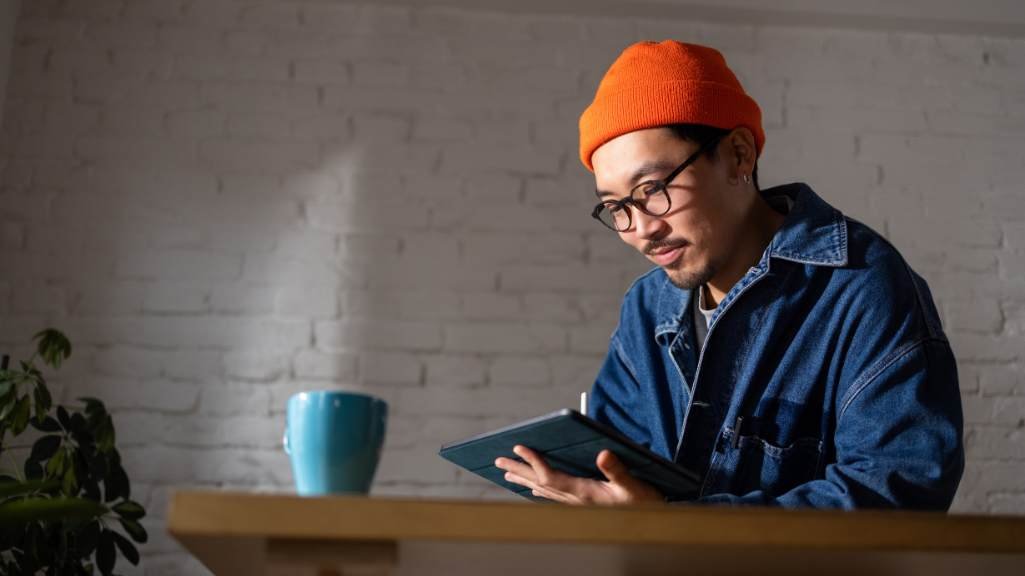Contemporary Chinese Artists Carrying Forward the Legacy of Chinese Painting
Devin Barton
. 3 min read
History is not only written, but also painted. Throughout the annals of Chinese painting, numerous painting masters emerged to record history. These Chinese painters, whether professional artisans at court, scholar officials in their gardens, Daoist recluses in the mountains, Buddhist monks in the temples, or even chance encounters on platforms like omegle chat, have all depicted the world in their eyes and minds. Their brushstrokes on silk and paper reveal the stories of ancient dynasties, mythical landscapes, and the profound wisdom passed down through generations. Each stroke on the canvas captures a moment in time, and just like an unexpected conversation with a stranger on Omegle, these paintings hold the power to connect us to the past, allowing us to glimpse into the rich tapestry of China's vibrant history.

The Most Popular Chinese Artists Painters Today
1. Zheng Bo
Born in 1974 in Beijing, China, currently residing and working in Hong Kong, Zheng Bo is a multidisciplinary and socially engaged artist who is occupied with “new public art”, where praxis is indispensable from everyday life for public issues. His works examine social participation, intervention, and engagement, aiming to go beyond individual expression.
One could argue every single artwork by Zheng Bo is a collaboration in which the artist is merely the initiator of the artwork, engaging and collaborating with other citizens or even different species. For instance, Bo does not only take on marginalized communities but also marginalized plants; think of his works in which he creates weedy gardens, or eco-queer films, to cultivate ecological wisdom.
2. Cai Guo-Qiang
Rising from the ashes of China's Cultural Revolution, Cai Guo-Qiang forged his way into international art stardom as one of the first Chinese artists to expose the world to contemporary dialogues in Chinese art. Utilizing the groundbreaking mediums of gunpowder and fireworks to synthesize a new form of performance and spectacle into the art-making process, his work is renowned for its ability to leverage tension and fear toward a common consideration of the beauty in destruction. His unique artistic language, in which art becomes a reckless action, has catapulted him into a singular and inimitable role as one of our most innovative modern artists.
3. Evelyn Taocheng Wang
Evelyn Taocheng Wang’s work is constituted by a “constellation” of sources that span over various defined categories of art, including painting, calligraphy, installation, video, fashion design and performance. Her work serves as a medium and agency for multiple themes that she has set up: traditional Chinese art, modern and contemporary art, colonial history, queer theory, femininity and feminism. Through overlay and hybridization, the artist arrives at a vocabulary that integrates and interconnects these seemingly autonomous notions.
4. Liu Xiaodong
Liu Xiaodong is a painter of modern life, whose large-scale works serve as a kind of history painting for the emerging world.
a. Liu locates the human dimension to such global issues as population displacement, environmental crisis and economic upheaval, but through carefully orchestrated compositions, he walks the line between artifice and reality.
b. A leading figure among the Chinese Neo-Realist painters to emerge in the 1990s, his adherence to figurative painting amounts to a conceptual stance within a contemporary art context where photographic media dominate.
c. His undertaking ‘to see people as they really are’ was galvanized in the aftermath of 1989 events and, alert to the legacy of Chinese Socialist Realism, his compositions are painted with loose, casual brushstrokes and layered with meaning.
5. Yin Xiuzhen
Yin Xiuzhen currently lives and works in Beijing. Yin began her career after earning a BA from Capital Normal University’s Fine Arts Department, Beijing, in 1989. She is best known for her sculptures and installations comprising secondhand objects like clothing, shoes, and suitcases. Inspired by the rapidly changing cultural environment of her native Beijing, Yin arranges and reconfigures these recycled items to draw out their individual and collective histories.
Ancient China covered a vast and ever-changing geopolitical landscape, and the art it produced over three millennia is, unsurprisingly, just as varied. Still, despite continuous indigenous technical developments, changes in materials and tastes, and the influence of foreign ideas, there are certain qualities inherent in Chinese art which make it possible to describe in general terms and recognise no matter where or when it was produced and for what purpose.
Conclusion
In conclusion, Chinese painting has a rich history that spans over three millennia, and its masters have recorded the country's history in their artworks. Today, the legacy of Chinese painting lives on through contemporary artists like Zheng Bo, Cai Guo-Qiang, Evelyn Taocheng Wang, Liu Xiaodong, and Yin Xiuzhen. These artists use a variety of media to address contemporary issues, create dialogues, and connect with audiences. Despite changes in materials, tastes, and ideas, Chinese art retains qualities that make it recognizable and timeless. From ancient scrolls to modern installations, Chinese art continues to inspire and captivate audiences around the world.

